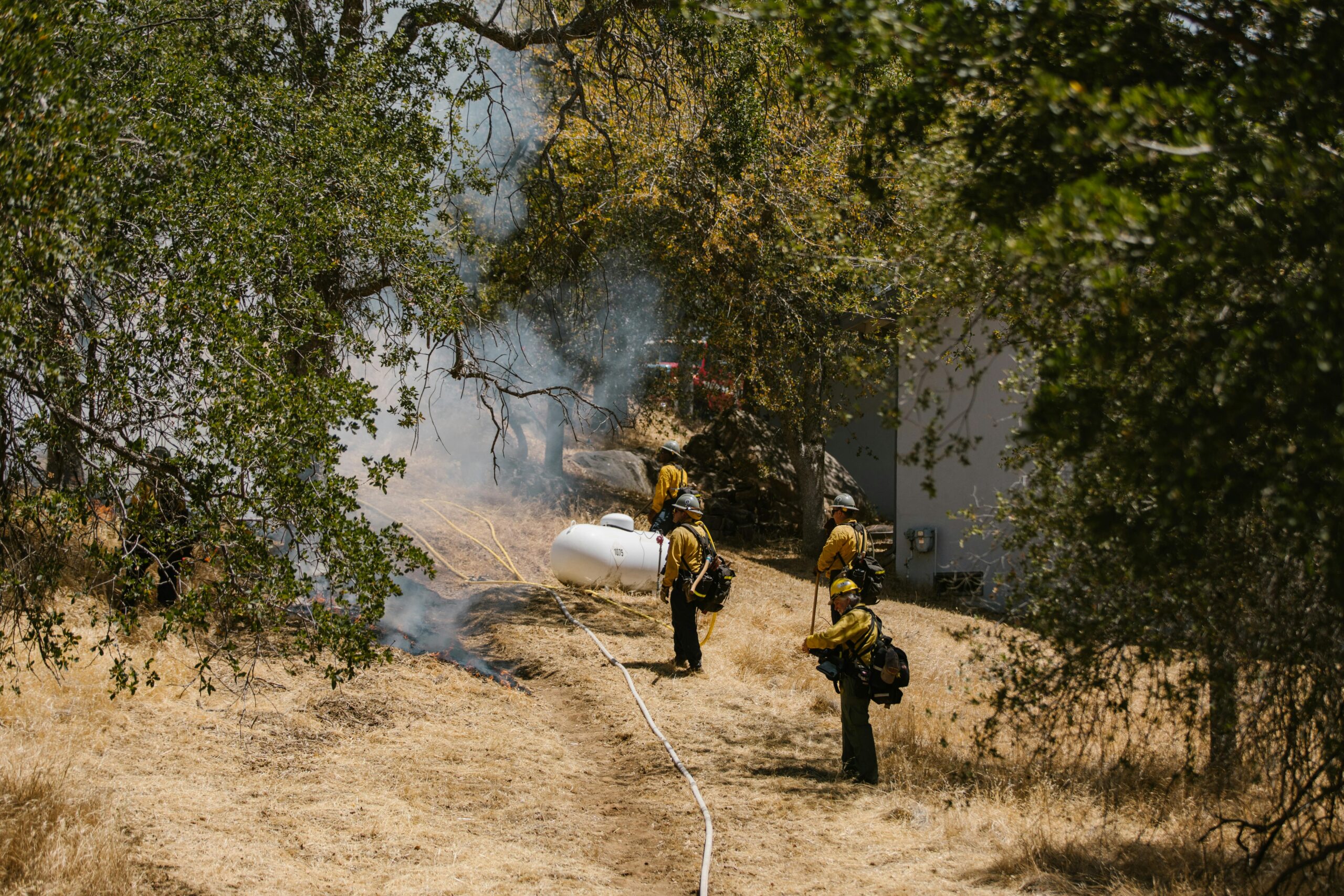Key Highlights:
- The Indian government is leveraging Artificial Intelligence (AI) to improve disaster prediction, preparedness, and response.
- Key initiatives include collaborations with tech companies, state-level AI adoption, and national missions focused on resilience building.
- AI applications are enhancing early warning systems, resource allocation, and real-time decision-making during disasters.
AI Revolutionizing Disaster Preparedness in India
India’s geographical and climatic diversity makes it highly vulnerable to disasters such as floods, cyclones, earthquakes, and landslides. With millions of lives and livelihoods at risk, the Indian government is integrating Artificial Intelligence (AI) into its disaster management framework to enhance preparedness and mitigate damages. By utilizing AI-powered tools, the country is stepping up its ability to predict disasters, coordinate resources, and respond swiftly.
Government Initiatives Driving AI in Disaster Preparedness
National Disaster Management Authority (NDMA)
The NDMA is at the forefront of integrating AI into India’s disaster preparedness efforts. Collaborating with agencies like the Indian Space Research Organisation (ISRO), the NDMA uses AI-driven tools for predictive analysis and real-time monitoring. These technologies help forecast events like cyclones and floods, enabling early evacuations and efficient resource deployment.
IndiaAI Mission
The IndiaAI Mission, backed by a significant budget allocation of ₹10,371.92 crore, focuses on fostering innovation and developing AI applications across sectors, including disaster management. Under this mission, AI tools are being designed to provide accurate risk assessments and improve emergency response strategies tailored to India’s diverse conditions.
Himachal Pradesh AI Initiative
In Himachal Pradesh, the state government, in collaboration with tech companies, is using AI to enhance weather forecasting and disaster risk mapping. These efforts are aimed at reducing the impact of recurring disasters like landslides and flash floods in the state’s mountainous terrain.
Smart Cities Mission
Several cities under the Smart Cities Mission have adopted AI-powered traffic management and emergency response systems. For instance, Surat and Pune have implemented AI tools to monitor flooding in urban areas, providing real-time alerts and aiding in resource planning.
Real-World AI Applications in Disaster Management
- Predictive Analytics for Early Warnings:
AI-based models analyze environmental and historical data to provide early warnings for disasters. For example, during the 2020 cyclone Amphan, AI tools helped track the storm’s trajectory, enabling the evacuation of over 2.6 million people in Odisha and West Bengal. - Real-Time Monitoring:
AI systems analyze satellite imagery, drone footage, and IoT sensor data to monitor disaster zones. This real-time information supports decision-making and resource allocation during emergencies like the Kerala floods of 2018. - Resource Allocation and Optimization:
AI helps allocate resources efficiently by identifying high-risk areas and analyzing population density. This ensures that aid reaches the most affected communities first, reducing response time and maximizing impact. - Disaster Simulation Models:
AI-powered simulation tools are used to model potential disaster scenarios, helping authorities prepare contingency plans. These tools are particularly useful for urban flood management in cities like Mumbai and Chennai.
Collaborative Efforts Enhancing AI Integration
The Indian government has partnered with academic institutions like the Indian Institutes of Technology (IITs) and private tech firms to develop AI solutions for disaster management. International collaborations with organizations like the United Nations Development Programme (UNDP) have also bolstered India’s capacity to use AI for climate resilience and disaster preparedness.
Challenges and Government Measures
While the use of AI in disaster preparedness shows promise, challenges such as limited data availability, infrastructure gaps, and the need for skilled personnel persist. The government is addressing these issues through:
- Open Data Policies: Platforms like the National Data Sharing and Accessibility Policy (NDSAP) ensure access to critical data for AI research.
- Training Programs: The IndiaAI Mission supports skill development to create a workforce proficient in AI technologies.
- Investments in Digital Infrastructure: Programs like BharatNet are expanding connectivity to rural and disaster-prone areas, enabling broader adoption of AI solutions.
A Tech-Driven Future for Disaster Management
India’s commitment to integrating AI into disaster preparedness reflects its proactive approach to saving lives and minimizing losses. With robust government support, innovative collaborations, and expanding AI applications, the country is setting an example of how technology can transform disaster management. As AI continues to evolve, India’s readiness to handle disasters will only grow stronger, ensuring a safer future for its people.


Leave a Reply